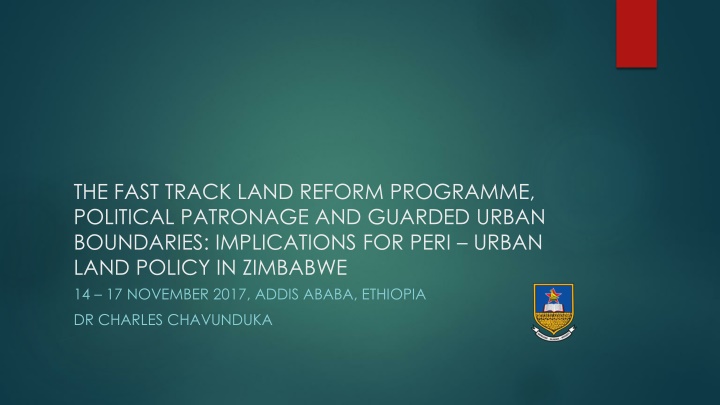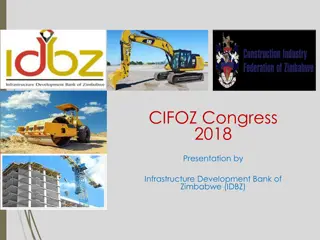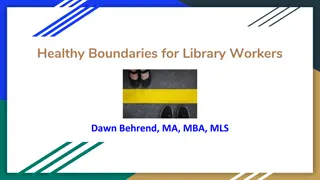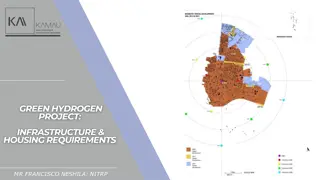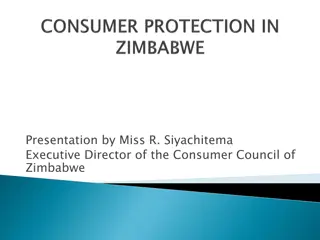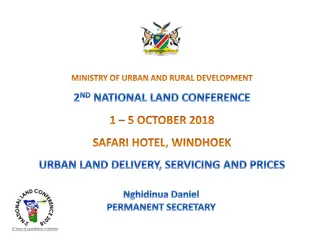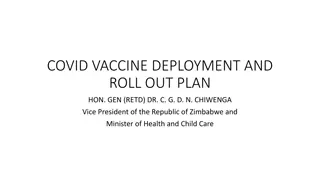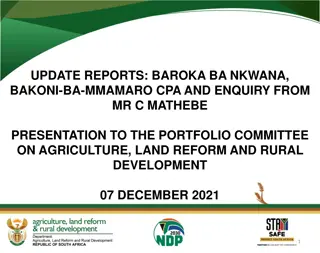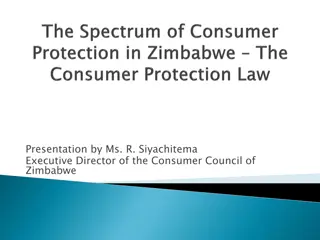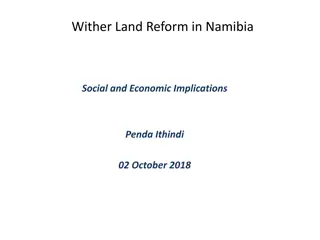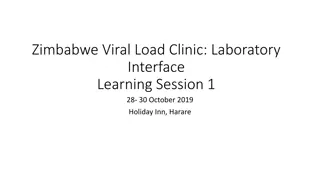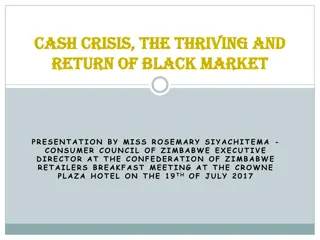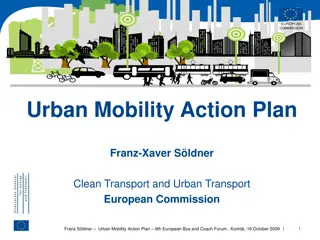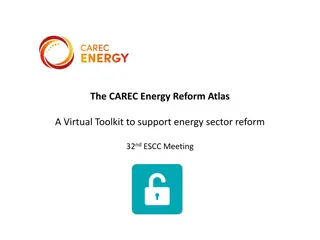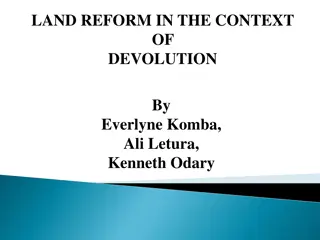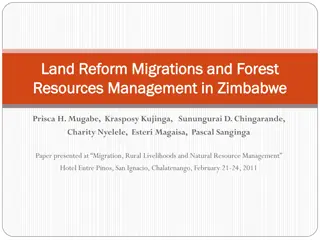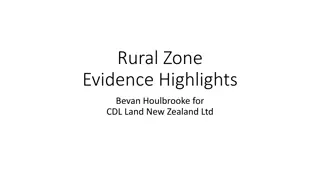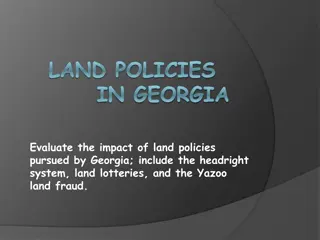Fast Track Land Reform Program & Urban Boundaries in Zimbabwe
This paper explores the implications of the Fast Track Land Reform Programme, political patronage, and urban boundaries in Zimbabwe with a focus on peri-urban land policy. Dr. Charles Chavunduka discusses these critical issues in the context of Zimbabwe's unique social and political landscape, shedding light on the challenges and opportunities for sustainable development and equitable land distribution.
Download Presentation

Please find below an Image/Link to download the presentation.
The content on the website is provided AS IS for your information and personal use only. It may not be sold, licensed, or shared on other websites without obtaining consent from the author.If you encounter any issues during the download, it is possible that the publisher has removed the file from their server.
You are allowed to download the files provided on this website for personal or commercial use, subject to the condition that they are used lawfully. All files are the property of their respective owners.
The content on the website is provided AS IS for your information and personal use only. It may not be sold, licensed, or shared on other websites without obtaining consent from the author.
E N D
Presentation Transcript
THE FAST TRACK LAND REFORM PROGRAMME, POLITICAL PATRONAGE AND GUARDED URBAN BOUNDARIES: IMPLICATIONS FOR PERI URBAN LAND POLICY IN ZIMBABWE 14 17 NOVEMBER 2017, ADDIS ABABA, ETHIOPIA DR CHARLES CHAVUNDUKA
Introduction and background Land reform for emancipation and economic empowerment of the dispossessed Land occupations reached a climax in 2000 Shift towards occupation of urban and peri urban land Drivers of land occupations and the Fast Track Land Reform Programme (FTLRP) Failure of the Economic Structural Adjustment Programme (ESAP) of the 1990s Cost of involvement in the DRC in 1998 Formation of the opposition Movement for Democratic Change (MDC) in 1999 Defeat of a Constitutional Referendum in February 2000
Peri urban land policy in Zimbabwe Urban land use policy provided in master and local plans Land reform also sought to provide land for urban development Historically, urban areas expanded through incorporation of neighboring rural land But since the 2000 elections most urban areas came under the control of the opposition MDC, and Rural areas substantially remained under the control of the Zimbabwe African National Union Patriotic Front (ZANU PF) The ZANU PF acquired peri urban land became state land But the government would not incorporate it into opposition controlled urban areas
Contd In peri urban areas, the FTLRP disregarded provisions of master and local plans People settled in areas of their choice Even where infrastructure had not been developed Against a background of political and economic crisis Central government allocated acquired peri urban land to politically aligned housing cooperatives Resulting in the mushrooming of unplanned settlements around cities The main problem faced by beneficiaries of reform has been insecurity of tenure
Formalization of squatter settlements and political patronage De Soto perceives informally held property as dead capital Based on the de Soto wisdom squatters in peri urban areas could be turned into homeowners Through land titling But evidence from development assistance defies the de Soto solution to poverty Instead of providing a basis for leveraging access to credit and investment Zimbabwe s peri urban land has served as a source of political patronage
Evidence on Zimbabwes peri urban areas During the FTLRP people went ahead to build houses on land that had not been surveyed nor serviced Land use problems in peri urban areas were exacerbated by multiple and sometimes conflicting authorities After the 2005 Operation Restore Order (Operation Murambatsvina) government decided to formalize squatter settlements In the absence of formalization protocol, planners hold different views about what it encompasses Some politicians have been supporting formalization as a means to creating political constituencies
Implications for peri urban land policy To help towards sorting out the land use problems in Zimbabwe s peri urban areas, This paper recommends a peri urban land policy framework composed of the following elements: Spatial development framework Streamlined authority system Non partisan procedures for extending urban boundaries Squatter settlement formalization protocol Securing land tenure
The way to help families out of poverty is for governments to pursue policies that will create jobs Daniel Bromley 8
